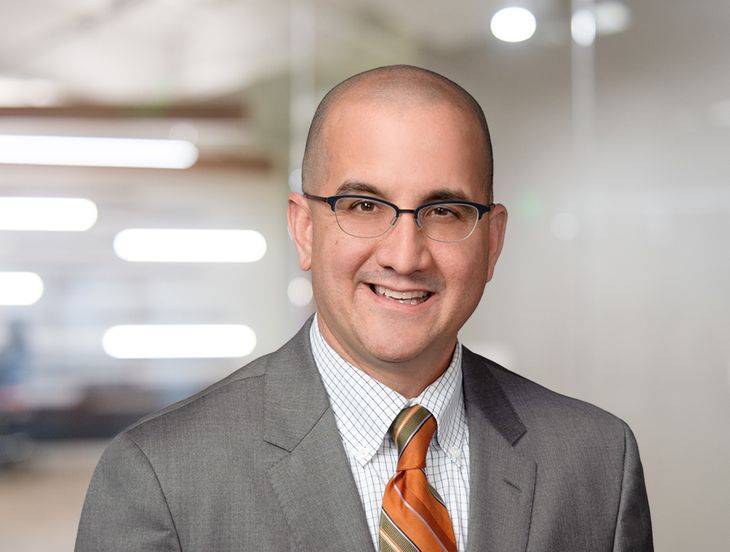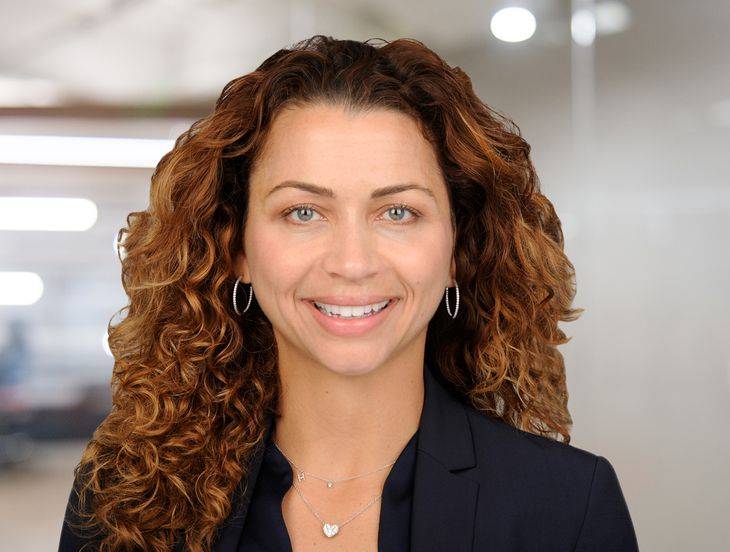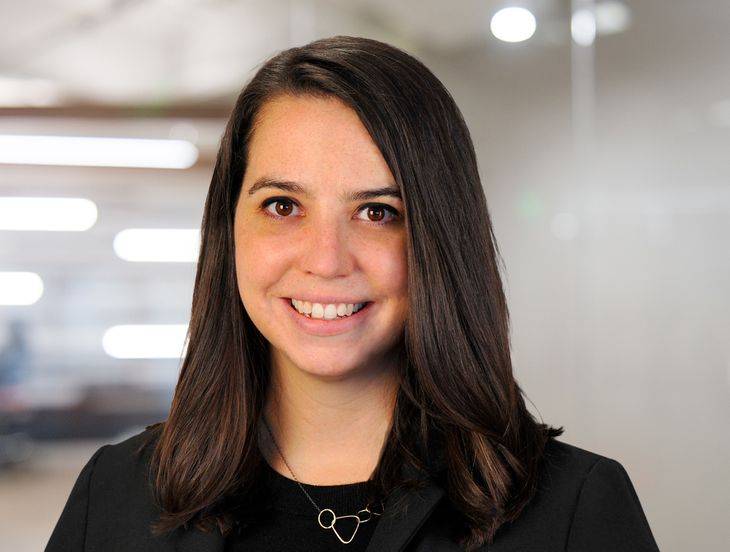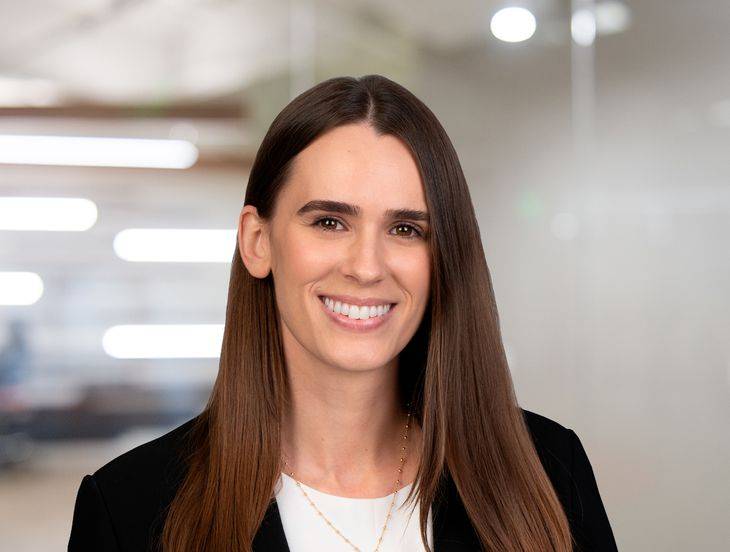California Adopts Reduced CDC Quarantine and Isolation Periods – With a Catch
Insights
1.11.22
On the heels of the Centers for Disease Control’s (CDC’s) updated isolation and quarantine guidance reducing the length of time an individual must isolate after contracting COVID-19 and the quarantine period for those exposed to the illness, California has largely aligned these new timeframes – but with a catch. The California Department of Public Health (CDPH) just released updated guidance to conform to the new CDC guidelines but adds additional requirements, including testing to exit isolation or quarantine at Day 5 and improved masking. The December 30 guidance, updated on January 8, also inserts the issue of booster shots for the first time. What do California employers need to know about the new guidance? [Ed. Note: this Insight was substantively updated on January 11 with new information.]
New Isolation and Quarantine Guidance
The new guidance offers revised timeframes and requirements for isolation and quarantine periods that mostly track the new federal guidelines, but does create additional obligations for employers.
Isolation: COVID-19 Cases
All individuals who test positive for COVID-19, regardless of vaccination status, natural immunity, or lack of symptoms, should take the following steps:
- Stay home for at least five days.
- Isolation can end after five days if symptoms are not present or are resolving and a diagnostic specimen collected on Day 5 or later tests negative.
- If unable to test or choosing not to test and symptoms are not present or resolving, isolation can end after Day 10.
- Wear a “well-fitting mask” around others for a total of 10 days.
Quarantine: COVID-19 Exposure
The new CDPH guidance provides two quarantine paths for those who have been exposed to COVID-19, depending on whether the individual has been vaccinated or boosted, if eligible.
- Unvaccinated
If an individual is unvaccinated, the following apply:
- Stay home for at least five days after exposure.
- Test on Day 5.
- Quarantine can end after Day 5 if symptoms are not present and a diagnostic specimen collected on Day 5 or later tests negative.
- If unable to test or choosing not to test and symptoms are not present, quarantine can end after Day 10.
Wear a “well-fitting mask” around others for a total of 10 days.
- Vaccinated and Booster-Eligible, But Not Yet Boosted
UPDATE – On January 8, CDPH changed the guidance for vaccinated individuals who are “booster eligible” but who have not yet received the booster to provide that in workplace settings, asymptomatic employees in this category are not required to stay home from work if:
- A negative diagnostic test is obtained within three to five days after last exposure to a case;
- The employee wears a face covering around others for a total of 10 days; and
- The employee continues to have no symptoms.
- Boosted or Vaccinated But Not Yet “Booster Eligible”
If an individual is boosted or vaccinated but not yet “booster eligible,” the following apply:
- The individual does not need to quarantine.
- Test on Day 5.
- Wear a well-fitting mask around others for 10 days.
When is Someone “Booster Eligible?” The updated CDPH guidance refers to the CDC guidelines for determining when an individual is “booster eligible.” These guidelines change periodically so employers should monitor to ensure the most updated definition of “booster eligible” applies.
What Does “Well-Fitting Mask” Mean?
The CDPH guidance states that, during the days following isolation or exposure when masks are worn, all persons should optimize mask fit and filtration, ideally through use of a surgical mask or respirator.
What Impact Does This Have on the Cal/OSHA ETS?
As a result of a previous Executive Order signed by Governor Newsom, the new CDPH quarantine and isolation periods will become the default rule under the Cal/OSHA ETS as well. However, there are a couple of important caveats to keep in mind:
- The ETS amendments that go into effect on January 14 require individuals to wear a face covering and maintain six feet of social distance if they are not excluded or return to work. So, while the potential shortened time periods under the CDPH guidance apply, California employers will still need to follow the new social distancing requirements beginning on January 14.
UPDATE – Cal/OSHA has issued an updated FAQ that provides that the new isolation and quarantine recommendations from CDPH replace the exclusion periods and “return to work criteria” in the ETS. Therefore, this means that the CDPH guidance replaces the social distancing provisions of the ETS and employers will not have to require employees to social distance if they are not excluded or return to work. There is one exception, however. Cal/OSHA has stated that an employee who is fully boosted or vaccinated but not yet booster-eligible who cannot be tested following an exposure (including where tests are unavailable) must wear a face covering and maintain six feet of social distance for 14 days following the close contact.
- The CDPH guidance requires testing to return after Day 5 for certain employees, which will be incorporated into the Cal/OSHA ETS as well.
- Employers need to be aware that the CDPH guidance introduces the concept of “boosted” individuals for the first time. As discussed above, as further revised by CDPH on January 8, asymptomatic fully vaccinated employees do not need to quarantine after an exposure. However, they are required to test at Day 3-5 or on Day 5, depending on their booster status.
- Employers still need to check local quarantine and isolation periods as they may be more restrictive. As noted above, the Executive Order signed by Governor Newsom incorporates “the longer of” CDPH or local quarantine and isolation periods into the Cal/OSHA ETS.
The CDPH guidance specifically notes that “local health jurisdictions may be more restrictive in determining isolation and quarantine recommendations based on local circumstances, in certain higher-risk settings or during certain situations that may require more protective isolation and quarantine requirements (for example, during active outbreaks).”
While we anticipate that most local public health departments will move quickly to adopt the new CDPH guidance, their longer time periods will control until they do so. Before making any changes to adopt the new CDPH guidance, you should first check to verify what local quarantine and isolation periods remain in effect.
- All of these rules are subject to frequent revision. Employers are advised to consult the CDPH website and their Fisher Phillips attorney regularly for update reports.
Further Clarity from Cal/OSHA in the Works?
This recent development complicates an already-complicated situation as employers are preparing to implement changes to the Cal/OSHA ETS that go into effect on January 14. As discussed above, the interaction between the new CDPH guidance and the Cal/OSHA ETS is complicated. Cal/OSHA has begun the process by issuing a few new FAQs related to the interaction between the CDPH rules and the Cal/OSHA ETS. Hopefully, Cal/OSHA will soon issue additional guidance or updated FAQs to clarify the landscape for employers. Governor Newsom’s Executive Order requires Cal/OSHA to “promptly provide public notice” of any changes to exclusion or return to work periods. Therefore, it is likely Cal/OSHA will provide further clarity to employers in the coming days.
Conclusion
We will continue to monitor this development and provide updates as warranted. Be sure to attend our upcoming webinar on January 13, which will discuss the upcoming changes to the Cal/OSHA ETS in light of these new developments, including the further changes made by CDPH in recent days. This webinar will also feature an “Outbreak 101” portion to review how to handle “outbreak” situations in the workplace under state and local requirements. Fisher Phillips is also updating our Cal/OSHA ETS package to reflect both the new changes to the ETS and the new updated CDPH guidance. Ask your Fisher Phillips attorney about these documents when available.
Make sure you are subscribed to Fisher Phillips’ Insight system to get the most up-to-date information. If you have questions about how to navigate this recent development
If you have questions about how to ensure that your vaccine policies comply with workplace and other applicable laws, visit our Vaccine Resource Center for Employers or contact your Fisher Phillips attorney, the author of this Insight, or any attorney on our FP Vaccine Subcommittee.
Related People
-
- Benjamin M. Ebbink
- Partner
-
- Hannah Sweiss
- Partner
-
- Nicole Kamm
- Partner
-
- Abby H. Putzulu
- Associate
-
- Julia A. Sherwood
- Associate




